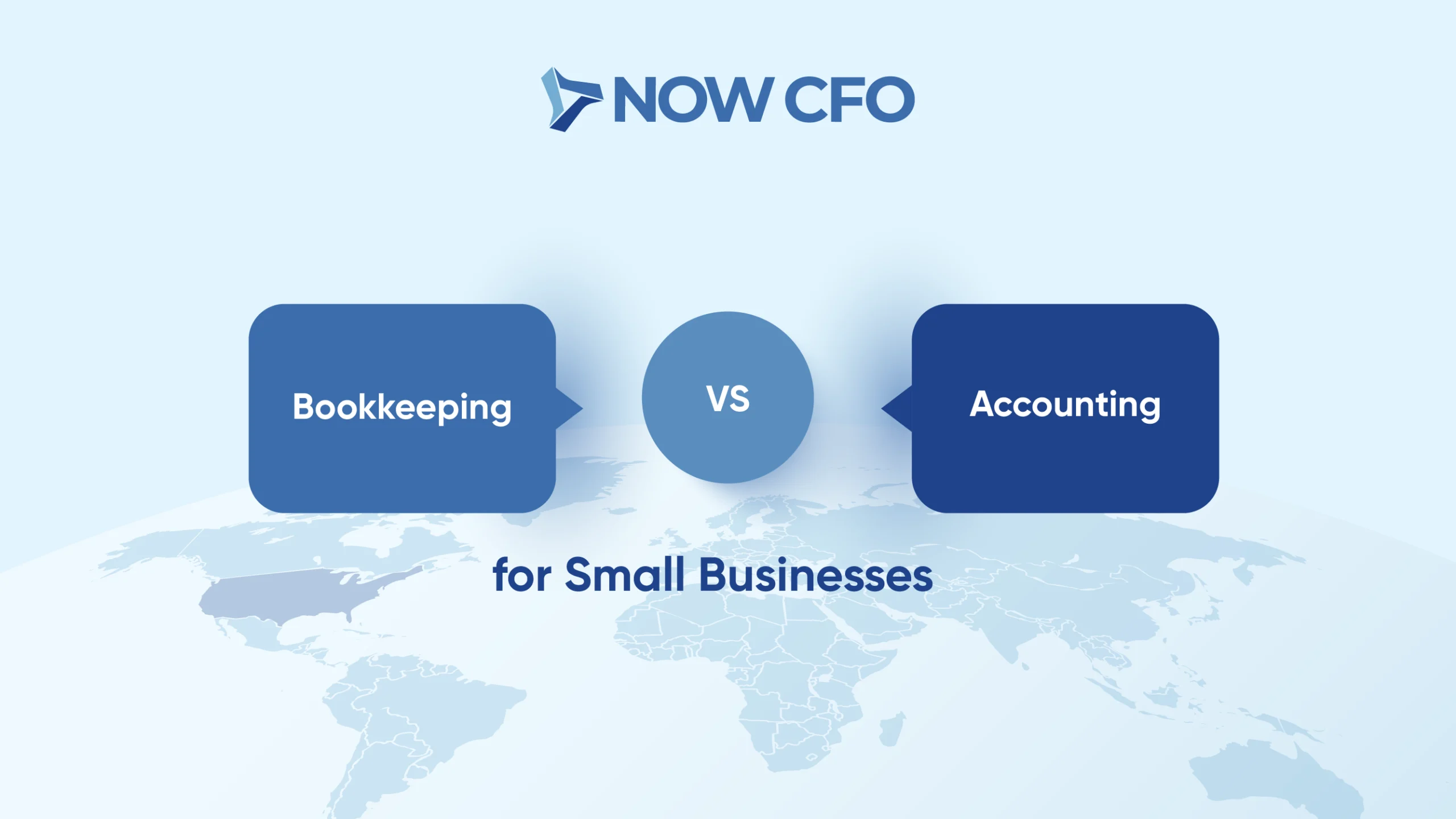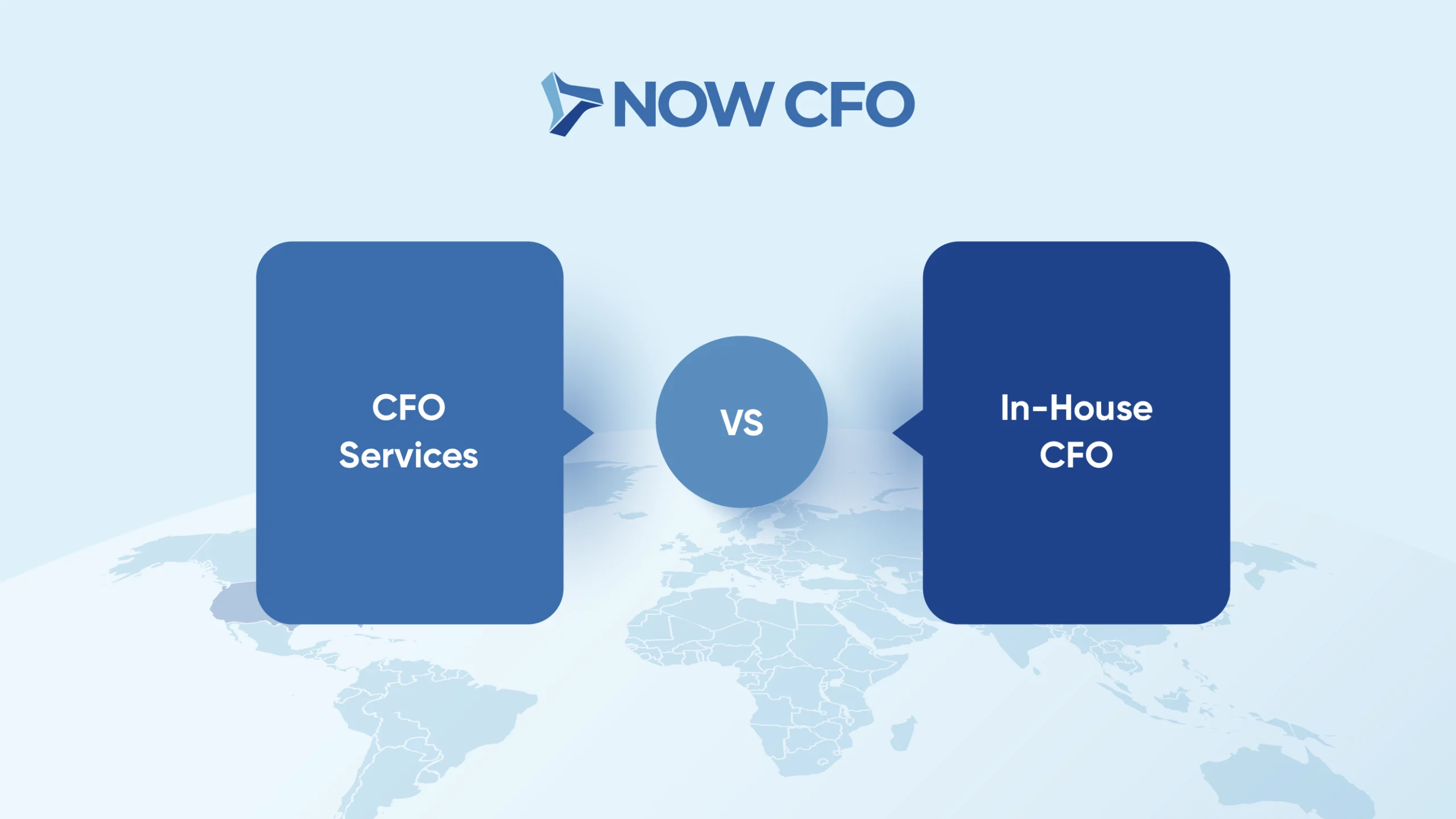
Understanding how financial reports impact your bank loan eligibility can be a game changer when seeking financing. These documents are not just formalities; they are a deep dive into your business’s or personal finances’ financial health, providing crucial information to lenders.
Overview of Financial Reports
- The Balance Sheet: This is a detailed snapshot of an entity’s financial condition at a specific point in time. It categorizes current and long-term assets. Liabilities are divided into current and long-term liabilities. Equity represents the owner’s share and includes retained earnings and shareholders’ equity. This statement is essential for assessing the entity’s solvency and capital structure, showing what it owns versus what it owes.
- The Income Statement: The income statement tracks revenue and expenses over a specific period—typically a quarter or a year. It starts with sales figures, then subtracts costs of goods sold to calculate gross profit, followed by the deduction of operating expenses, taxes, and interest to arrive at the net income. This statement is crucial for gauging the entity’s operational efficiency and profitability, indicating how effectively it can turn sales into profit. It also highlights trends in revenue and expenses that could impact financial performance over time.
- The Cash Flow Statement: Complementing the balance sheet and income statement, the cash flow statement details the actual cash flow into and out of the entity over the period. It is divided into cash flows from operating activities (which reflects the cash generated from the entity’s core business operations), investing activities (which cover cash used for and generated from investments like buying or selling assets), and financing activities (which tracks cash exchanges involving debt, equity, and dividends). This statement is indispensable for understanding the entity’s liquidity, showing how cash is generated and used, and whether the entity can maintain positive cash flow to sustain operations and growth.
Debt-to-Income Ratio
The debt-to-income ratio (DTI) is an important metric in your financial reports. Lenders use it extensively to assess your financial health and determine your eligibility for new loans. Understanding its calculation and implications can significantly affect your loan approval process. Here’s a detailed look at each component:
- Calculation of DTI: To calculate your DTI, lenders add up all your monthly debt payments—this includes payments on credit cards, student loans, car loans, mortgages, and any other fixed debts. They then divide this total by your gross monthly income. The result is expressed as a percentage. For example, if your total monthly debts are $1,000 and your gross monthly income is $4,000, your DTI would be 25%.
- Significance of a Lower DTI: A lower DTI percentage demonstrates to lenders that a smaller portion of your income is dedicated to debt, leaving more available for additional expenses, including the potential loan you are applying for. Generally, lenders prefer a DTI ratio of 35% or less, as it indicates good financial health and suggests that you’re less likely to face difficulties with additional loan repayments.
- Impact on Loan Eligibility: Lenders consider a low DTI indicative of a borrower’s ability to take on and responsibly manage new debt. A high DTI, on the other hand, can signal potential financial strain, making lenders hesitant to approve new credit. Keeping your DTI low enhances your appeal to lenders, increasing your chances of obtaining favorable loan terms. Additionally, some loan programs, particularly mortgages, have strict DTI requirements that must be met for loan approval.
Liquidity Ratios
Liquidity ratios are critical financial metrics derived from your financial reports that banks examine closely. These ratios assess your ability to settle short-term liabilities without requiring additional cash inflows. Two primary liquidity ratios are:
1. The Quick Ratio, or acid-test ratio, measures your ability to cover your immediate financial obligations using your most liquid assets. This ratio excludes inventory because inventory is not always readily convertible to cash.
- Calculation: The quick ratio is calculated by dividing liquid assets (cash and equivalents, marketable securities, and receivables) by current liabilities. A quick ratio of 1:1 or higher indicates good liquidity health, showing that the company can cover its immediate obligations without selling any long-term assets or obtaining additional financing.
Quick Ratio=Current Liabilities/“Quick Assets”
Quick Assets=Cash+CE+MS+NAR
CE=Cash equivalents
MS=Marketable securities
NAR=Net accounts receivable
- Significance: This ratio is a stringent liquidity test, reflecting the company’s ability to use its most liquid assets to pay short-term debts instantly. Lenders often view A higher quick ratio favorably, as it suggests financial robustness and a low risk of default.
2. The Current Ratio evaluates whether you have enough resources to pay off all your debts due within one year. It considers all current assets, including inventory, which may take longer to convert into cash than other assets.
- Calculation: The current ratio is determined by dividing all current assets by liabilities. A ratio above 1 is generally preferable, indicating that the assets exceed the liabilities on a short-term basis.
- Significance: This ratio gives a comprehensive overview of your financial health in the short term. It indicates your ability to generate enough cash to meet your obligations, with a buffer provided by more liquid assets. Banks often prefer a higher current ratio as it decreases the risk associated with the loan, providing a cushion against market fluctuations and unexpected downturns.
Maintaining strong liquidity ratios, as reflected in your financial reports, demonstrates to lenders that your financial health is robust enough to handle additional debt. This influences their decision to extend credit and impacts the terms of any potential loan.
Profitability Metrics
Profitability metrics, integral to your financial reports, reflect your business’s ability to generate earnings and manage expenses effectively. These metrics are crucial for lenders assessing your potential to service new debt. Key profitability metrics include:
1. Net Profit Margin: This ratio reveals what percentage of your revenues is converted into profits after all operating expenses, taxes, and interest payments are accounted for. A higher net profit margin demonstrates your business’s efficiency in controlling costs and converting sales into actual profits. It is calculated by dividing net profit by total revenue and multiplying by 100 to express it as a percentage. Lenders favor businesses with consistently high net profit margins, indicating lower financial risk and a greater likelihood of sustained profitability.
Net Profit Margin = ((R-COGS-E-I-T)/R)*100
R = Revenue
COGS = The Cost of Goods Sold
E = Operating and Other Expenses
I = Interest
T = Taxes
2. Return on Assets (ROA): ROA measures the effectiveness with which your company utilizes its assets to generate profit. This metric particularly tells how well management uses the company’s resources, whether equipment, intellectual property, or cash reserves. To calculate ROA, divide the net income by the total assets. A higher ROA indicates that the company is more efficient at using its assets to produce income, thus enhancing its attractiveness to lenders who see such efficiency as indicative of good management and stable returns.
Return on Assets = Net Income/Total Assets
By understanding and optimizing these profitability metrics in your financial reports, you improve your operational performance and strengthen your case for better loan conditions. As reflected in these metrics, efficient management of resources and expenses can significantly enhance your loan eligibility.
Understanding the detailed role of financial reports in shaping your bank loan outcomes is crucial. Maintaining robust financial records and understanding these key metrics can improve your chances of securing favorable loan terms. Remember, a healthy financial report opens doors to better financial opportunities and showcases your readiness to manage new debts responsibly.
Need help decoding your financial statements? Contact a NOW CFO specialist for more information.














